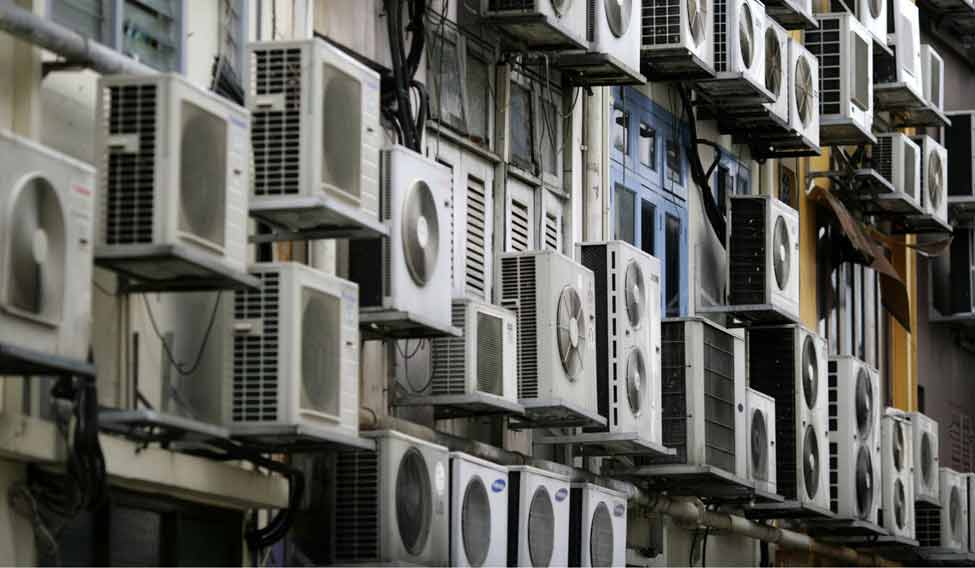Imagining that your 5-star rated split AC will give you the coveted 5-star-hotel like comfort when it's soaring above 40 degrees celsius outside? Hold the thought. A new study shows that it actually performs worse as the mercury rises outside your window.
Recent findings say that at 40 degrees celsius, a 5-star rated room air conditioner (RAC) starts performing like a 2-star rated RAC and at above 45 degrees celsius, it is worse than a 1-star RAC. Cooling capacity of RACs also drops by about 30 per cent in peak summers, which means a 1.5-tonne AC acts like a 1-tonne AC. Energy efficiency further deteriorates when users lower the room temperature manually to levels below 27 degrees celsius.
“We wanted to find out how AC units perform under different outdoor temperature conditions and how that affects energy savings from the star labeling programme of the Bureau of Energy Efficiency (BEE),” says Anumita Roychowdhury, executive director-research and advocacy, Centre for Science and Environment (CSE), which carried out the latest study on air conditioners in Delhi.
The tests were done in view of the fact that ACs are responsible for peak energy consumption across cities. Their use increases when outside temperature is high. In Delhi, air conditioning accounts for about 28 per cent of the total monthly electricity consumption during the hottest months. According to the BEE, ACs are responsible for almost 60 per cent of Delhi's peak electricity demand.
CSE commissioned an independent NABL-accredited laboratory to test RAC units. Three popular 5-star split RAC models—from Voltas, LG and Godrej—were tested for their energy efficiency. These three brands cover about 50 per cent of the Indian RAC market.
With climate change, more extreme weather conditions and heat waves, such inefficiencies pose serious implications. The observed temperature data for 60 cities in different climatic zones available from the BIS shows that 41 cities have at least 175 hours in a year when external ambient temperature is above 35 degrees celsius. As many as 22 out of these 41 cities—including Delhi-NCR, Jaipur, Ahmedabad, Lucknow and Raipur— experience temperatures around 40oC or above.
There is a misconception among RAC consumers that drastic lowering of the room temperature will give the desired comfort. But every degree of reduction in internal room temperature leads to an increase of 3-10 per cent in energy consumption. But by setting the RAC a couple of degrees higher and using a fan to blow cool air, electricity use can be considerably reduced.
So, think before cranking up that thermostat.



